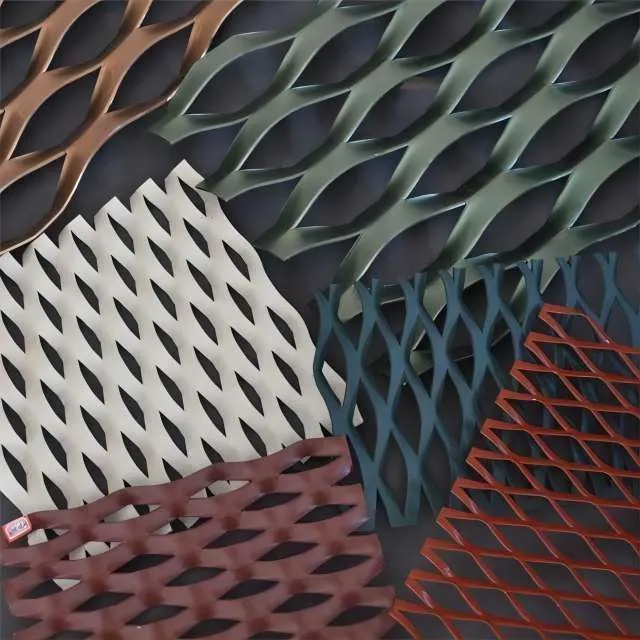Barbed Wire Fences An Evolution of Purpose and Significance
Barbed wire fences have become a ubiquitous feature in landscapes across the globe, serving multiple roles that range from agricultural necessity to symbolic barriers. Since their invention in the late 19th century, barbed wire has revolutionized the way land is used, animals are kept, and boundaries are demarcated. This simple yet effective technology has woven itself into the fabric of rural and urban life alike, and its impact is profound and far-reaching.
The inception of barbed wire can be traced back to the 1860s, with various inventors contributing to its development. Joseph Glidden, known as one of the primary inventors, patented his design in 1873, which featured sharp barbs spaced evenly along a twisted wire. This innovation offered a practical solution to the challenge of fencing in livestock, as traditional fencing methods were often too costly and cumbersome. The advent of barbed wire provided farmers with an efficient means of containing cattle, thereby transforming agricultural practices in the American West and elsewhere.
Barbed wire’s initial use was primarily functional, aimed at creating enclosures for livestock and delineating property lines. However, its implications soon extended beyond agriculture. As urbanization progressed and conflicts arose, barbed wire emerged as a tool for safeguarding, controlling, and even preventing access. It became a staple in military fortifications and borders, symbolizing division and separation. The visual aesthetic of rusted barbed wire, often seen atop perimeter walls, evokes a sense of danger, alerting onlookers to the protected space beyond.
barbed wire fences

In addition to its practical and symbolic roles, barbed wire also serves as a poignant reminder of historical conflicts. During World War I and World War II, barbed wire was extensively used in trench warfare, creating dangerous obstacles and impeding enemy advances. The wire became synonymous with the horrors of battle and the realities of conflict, representing both physical barriers and emotional scars. As nations emerged from these conflicts, the remnants of barbed wire fences lingered, often repurposed in more peaceful contexts or left as a testament to the past.
The evolution of barbed wire has also led to discussions about its ethical implications. In contemporary society, its use in immigration and border control has sparked heated debates. Barbed wire fences symbolize the increasing militarization and securitization of national borders, raising questions about human rights and the treatment of migrants. Critics argue that while barbed wire serves to protect nations, it also perpetuates a cycle of isolation and exclusion. The dichotomy of protection versus oppression encapsulates the complex narrative woven into the very fabric of barbed wire.
As we look to the future, the role of barbed wire continues to evolve. Innovations in materials and design have led to the development of more sophisticated fencing solutions, including non-barbed options that prioritize safety without compromising security. Additionally, the use of technology in monitoring and securing perimeters presents new challenges and opportunities, indicating that the evolution of fencing is far from complete.
In conclusion, barbed wire fences represent an intriguing intersection of functionality, symbolism, and ethical considerations. From their origins in agricultural innovation to their current implications in socio-political contexts, barbed wire serves as both a practical solution and a powerful metaphor. As society grapples with the complexities of borders, access, and security, the story of barbed wire will undoubtedly continue to unfold, reflecting our values, fears, and aspirations. The humble barbed wire fence stands not only as a boundary marker but as a reminder of the intricate relationship between human beings and the landscapes we inhabit.
-
The Best Metal Mesh Solutions: Expanded Aluminum Metal vs. Expanded Stainless Steel Metal
NewsSep.10,2024
-
Round Perforated Sheets vs. Hexagonal Perforated Sheets vs. Embossed Perforated Sheet Metal
NewsSep.10,2024
-
Perforated Metal Sheets
NewsSep.10,2024
-
Experience The Excellence Of Stainless Steel Grating
NewsSep.10,2024
-
Discover the Versatility Of Metal Mesh Expanded Forming Machines
NewsSep.10,2024
-
Discover The Advantages Of Steel Grating For Sale
NewsSep.10,2024
Subscribe now!
Stay up to date with the latest on Fry Steeland industry news.

